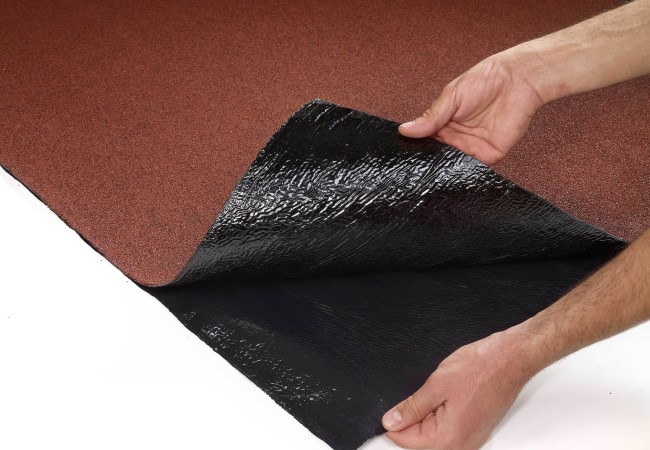Membrane
It offers cost-effective solutions to all waterproofing details. It offers performance solutions in applications where UV resistance is required with slate covered products. It is used for foundation bundling and foundation curtain insulation in terrace and sloping reinforced concrete roofs, and waterproofing of wet and watery floors.
Membrane is a material used in insulation applications and constitutes the core of the insulation. As it is known, the insulation of buildings and residences is a very important issue today. Membrane applications have to be done in order for the buildings to stay in a healthier and longer life. In recent years, it has become necessary to apply membranes to buildings and residences. This situation draws attention as a compulsory situation especially in newly built houses. Membrane applications are materials applied in both heat and water insulation. The use of membranes in waterproofing ensures protection of buildings and residences against water and moisture. The factor in thermal insulation is based on the protection of buildings and houses from cold in winter and from heat in summer.
Membrane Usage in Waterproofing
The membranes used for waterproofing are 10-meter-long and 1-meter-wide rolls. It has completely tar and asphalt. The factor that keeps the pitch and asphalt together in the membrane is felt. Although it varies according to the active substances in the weights of the membranes, it varies between approximately 50 and 70 kilos. It is known that the membranes used for waterproofing are divided into two as polyester felt carrier and glass fiber carrier contents. Polyester felt carrier membranes are the healthiest and the best quality. It is divided into two as flat membrane and stony membrane as outer surface. They are membranes that have only the surface without any active substance on flat membranes. Stony membranes are the materials applied by applying a fine sand spreading process on the surface to prevent the material from being affected by the sun by applying the membrane on the roofs.
How To Apply Waterproofing Membrane?
Membranes, which are waterproofing materials, are applied to roofs with a certain method. It is not a process that everyone can do because it is a situation that requires expertise. In waterproofing applications, the membranes are laid on the roof and heated by torch fire to adhere to the ground. After one membrane is adhered to the floor, the other membrane is adhered to the previously adhered membrane with a 10 cm overlap. Thus, the floor remains completely under the membrane and the entire roof is covered with membranes. After the floor is completely covered with membranes, the joints of the membranes are heated and welded by melting the pitch, and the melted bitumen is glued to prevent the water from entering by closing the joints of both membranes. With this application, the rain and snow waters falling in the winter never pass under the membrane and do not cause currents on the roofs.
Membrane Applications in Thermal Insulation
Membrane applications are generally for waterproofing. However, besides waterproofing of the roofs, it is ensured that heat insulation and water insulation are used effectively. For this, firstly, the floors of the roofs are completely cleaned and a membrane application is made for waterproofing one layer. After waterproofing membrane application, thermal insulation boards are placed on the membrane and the membrane is completely covered with these boards. After that, after the thermal insulation boards are completely covered, waterproofing membranes are adhered to it for the second time and the roof of the building is protected against water and heat with both thermal insulation and waterproofing application.
These applications are works that require meticulous work and skill. Therefore, before making these applications, it is very important to meet with experienced companies that perform these applications in a quality manner and to have the procedures performed by these companies in order to obtain more precise and quality solutions. Membrane applications effectively protect the building between 5 and 10 years.

